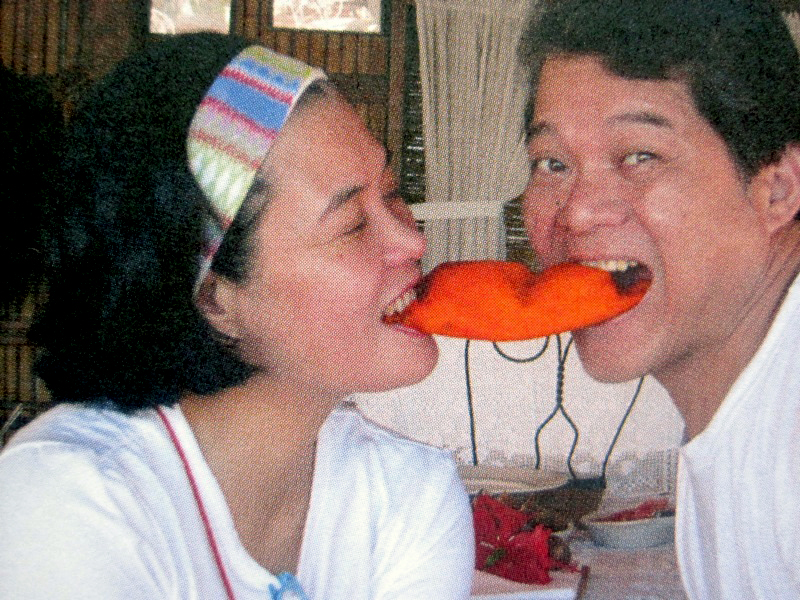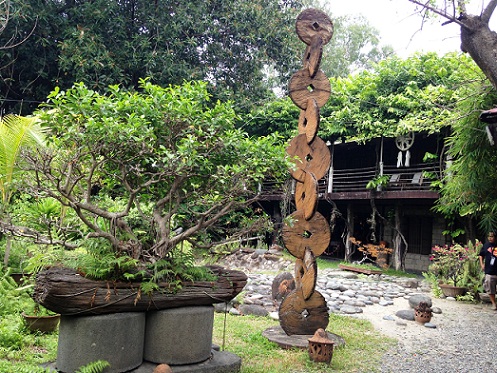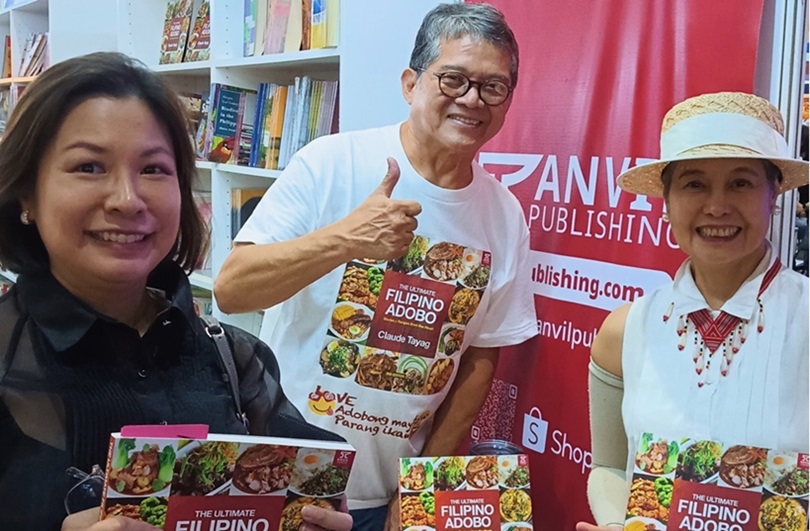
Photos from the book by R.C. Ladrido and Anvil Publishing
Remember when a government entity in 2021 had the idiotic idea to standardize Filipino adobo, with sinigang, lechon, and sisig to follow?
Quickly it was forgotten, amidst the trenchant uproar in defense of my mother’s adobo, your lola’s adobo, or my adobo!
In praise of good old adobo with its thousand-and-one variations form the core of Claude Tayag’s latest book, The Ultimate Filipino Adobo, Stories + Recipes from the Heart, Second Edition, 2024, Anvil Publishing Inc., 199+ pp.
A compendium of adobo stories, recipes, tips and ideas, and memories from chefs, home cooks, local and foreign restaurant owners, celebrities and personalities, here and abroad.
Ultimate Filipino Adobo offers a variety of adobo interpretations from humble to fancy with the usual chicken and pork to the more exotic lamb, mutton, Cornish hen, duck, quail (pugo), octopus with adobo glaze, and adobo of whale and seal. Not to be left behind, vegetarian adobo uses mushroom, jackfruit, or tofu and beans.
Covering the evolution of adobo from prehispanic times to the 21st century, the book reassures us that Filipino adobo will remain a dish of happy memories. Across time, oceans, and countries, it is always comfort food at its best.
Filipino adobo
With five chapters and a lot of photographs, it begins with a chapter on Filipino Adobo, defining it as a cooking method with vinegar as the primary liquid, as well as the cooked dish itself, a most general definition that would include any dish —meat, seafood, or plant-based cooked in vinegar. It would also include paksiw/pacsiu dishes.
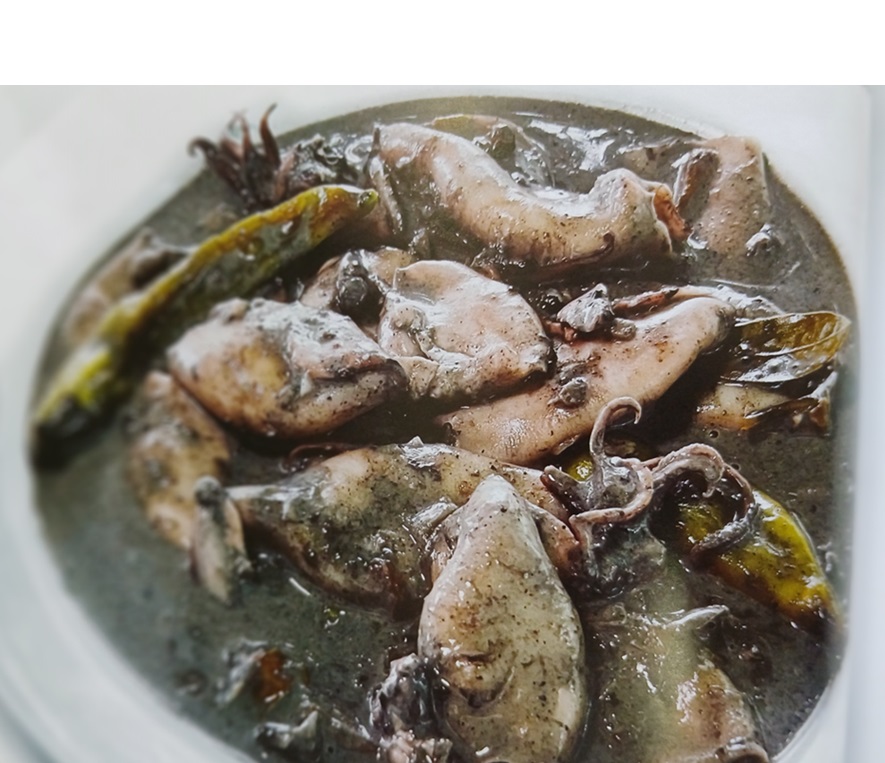
In contrast, Spanish and Latin American adobo refers to the marinade with spices itself that will be cooked further by frying, grilling, or roasting.
The abundance of traditional vinegars in the country, from coconut (tuba), nipa palm (sasa), sugarcane, arenga palm (kaong), pineapple, banana, etc., makes them the best ones to use for adobo, in the context of the Filipino penchant for sourness, without any sharp or acrid taste.
Classic adobo and more
Adobo ingredients usually include pork, chicken, or beef plus vinegar, soy sauce, garlic, salt, pepper, and laurel leaves. And that adobo always tastes better a day or two after cooking, so no room for instant gratification here.
Amidst the use of basic adobo ingredients, variations exist, with additions or subtractions of some ingredients such as adobo sa puti (cooked only in vinegar and no soy sauce), or adobo cooked with achuete, coconut milk, or turmeric, known as adobong dilaw.
Adobo can also be dry or saucy, it all depends on one’s preference or mood of the day.
Some add tofu, fresh or dried mushrooms, hardboiled eggs, dried banana blossoms, or even radish instead of the usual potatoes to their adobo. Others add plenty of garlic or even chili flakes. To each his own taste, and the happy eating begins.
Adobo’s versatility extends to its manner of cooking: marinate first, then boil? Or boil first, then fry? There is simply no right or wrong answer on how one cooks adobo. In Tayag’s words, “the only correct way to cook adobo… is the one you grew up with.”
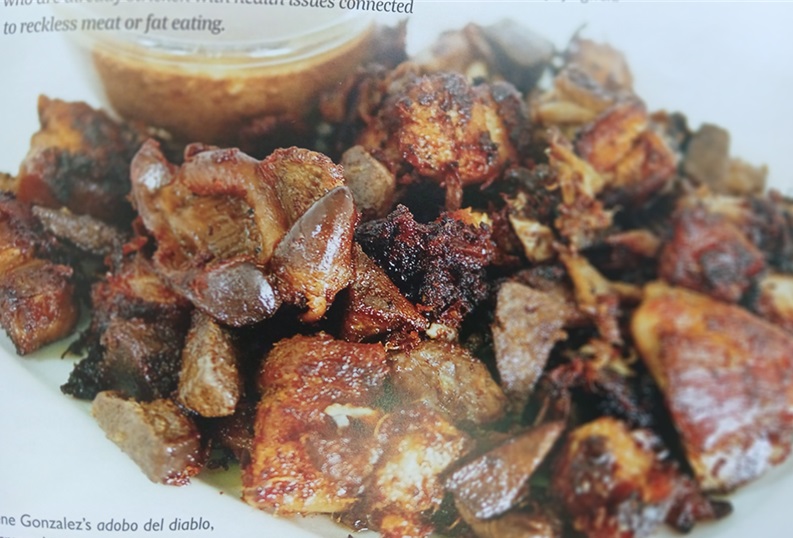
Prehispanic period
What was adobo called before it was named adobo? With vinegar and salt available since prehistoric times, adobo as a cooking process is indigenous to our archipelago, says Tayag.
In this context, we do have regional dishes that are not called “adobo” but are really adobo, adds Tayag. He cites the Ilocano dinaldalem, an adobo of pig’s liver; the Kapampangan’s kilain made of different pork cuts, soak and simmered in vinegar, and eaten a day after; or the Kapampangan’s adobong itu, or catfish adobo. Paksiw with its regional variations are found in this section.
Adobo in books and more
In another chapter, Tayag surveys the early cookbooks that included adobo recipes, the earliest one being the 1913 La Cocina Filipina and the 1916 Kusinang Tagalog, Aklatan at Limbagan. Part of this chapter includes adobo prepared by cooks, chefs, and well-known personalities. (Think Cameron Diaz, Gordon Ramsay, Apl.de ap, or Meghan Markle).
Its longest chapter of 56 pages titled Postcards from Everywhere to Home is devoted to contemporary Filipino cookbooks published overseas and Filipino restaurants abroad with their own adobo interpretations. The author has recreated their own adobo recipes in his own kitchen.
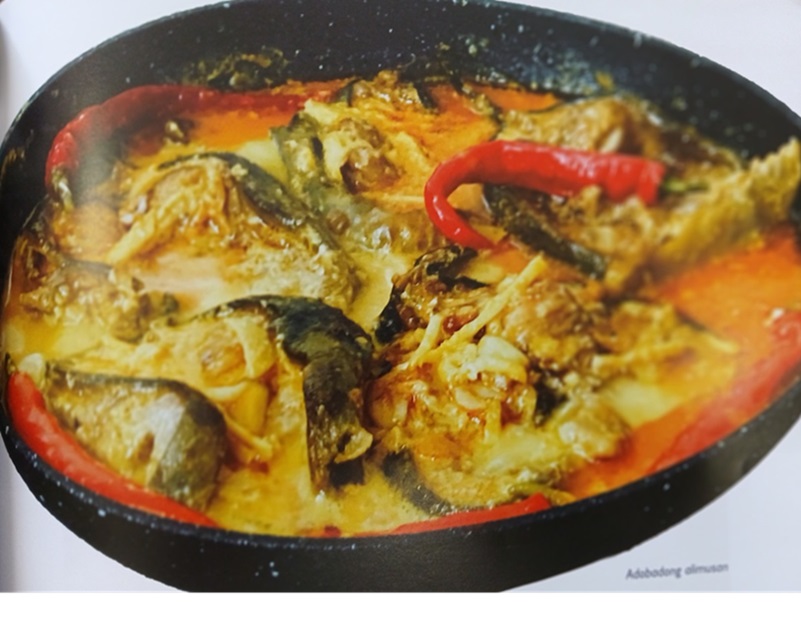
Claude Tayag (1956, Angeles, Pampanga)
An accomplished painter, sculptor, an award-winning kusinero, author, columnist, TV host, and restaurateur, Tayag runs two restaurants, Balé Dutung and Downtown 1956 Café in Angeles City.
His books include Food Tour (2007), a collection of his essays in Philippine Star, and with his wife Mary Ann Quioc, they wrote a culinary travel guidebook, Linamnam: Eating One’s Way Around the Philippines (2007). He is also one of the six chefs who co-authored Kulinarya: A Guidebook to Philippine Cuisine (2008).
Warning: Read this book on a full stomach; otherwise, you will end up hangry (hungry and angry).

